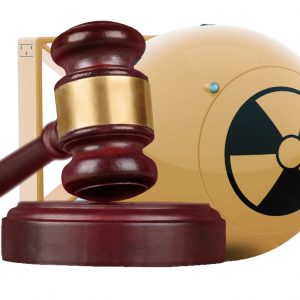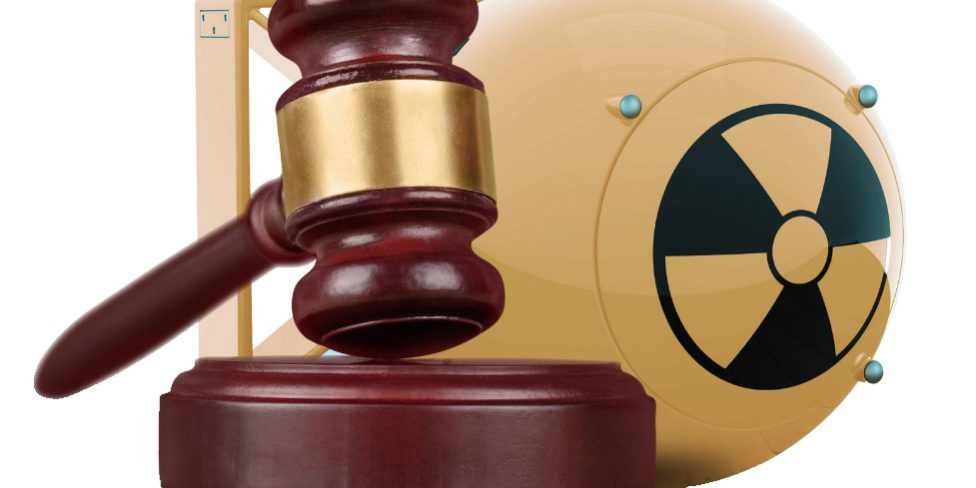
The sizes of large jury verdicts have exploded in recent years, putting a strain on businesses not only for what they have to pay out of pocket, but also the size of the premium they pay for their liability coverage.
These damages juries are awarding have gotten so large that they’ve been given a new name, “nuclear verdicts,” due to their destructive force.
A nuclear jury verdict is one that exceeds $10 million. The number of these verdicts in 2019 was three times the annual average from 2001 to 2010. Median jury awards rose from $19.3 million in 2010 to $24.6 million in 2019.
Some verdicts are even being described as “thermonuclear” because they are much greater than $10 million. A few cases have reached into the billions.
Increasingly large jury verdicts in liability lawsuits against businesses are a driving factor in rising insurance rates, as insurers, which often pay the lion’s share of these decisions, grapple with a more difficult legal landscape.
These massive verdicts are having a knock-on effect on commercial general liability, excess liability and commercial auto insurance rates, driving them up significantly in some cases.
Lines most affected
Lines of business that appear to be most affected include:
- Commercial trucking and auto insurance
- Commercial liability
- Excess liability, or umbrella insurance
- Product liability
- Medical malpractice
- Professional liability
- Directors and officers liability.
Each of these lines is now in hard-market territory as rates continue rising to account for these large jury awards.
The trucking industry in particular has been described as “under siege” from nuclear verdicts. Between 2020 and 2023, jury awards against trucking companies averaged $27.5 million; half of all awards were greater than $760,000, according to a report by Travelers Insurance.
Companies who settled instead of going to trial did not fare much better. Settlements averaged $10.6 million, with half of them greater than $210,000.
What’s driving these awards
Some observers say that these verdicts are the result of legal system abuse. Potentially abusive practices by plaintiffs’ attorneys include:
- Advertising more widely and aggressively, promising potential clients to “get every cent” they are owed by the insurance companies.
- “Shopping” for courts where they believe they are likely to get favorable outcomes.
- Planting an arbitrary value of the damages in jurors’ minds early in the court proceedings.
- Playing to jurors’ emotions in what is known as the “reptile strategy.” This can be effective if the jurors can be convinced that the defendant corporation may be a threat to the community.
- Obtaining “third party litigation funding,” in which investors finance the lawsuit in exchange for a share of the awarded damages.
Anger among members of the public about growing corporate power and income and wealth inequality also plays a role. Jurors may perceive corporations as having unfairly profited from society and decide to reclaim some of those profits in the form of a large damage award.
What businesses can do
There are steps companies can take to reduce the chances that they will be victimized by unsupportable jury awards:
- Work closely with their liability and auto insurers to reduce the hazards in their operations and minimize the likelihood of successful lawsuits.
- When faced with lawsuits, work in partnership with the insurer and the defense attorneys to plot legal strategies and prepare witnesses for questions designed to arouse jurors’ emotions.
- When preparing for a trial, evaluate the case from the jurors’ perspective so that effective counter-arguments can be prepared.


